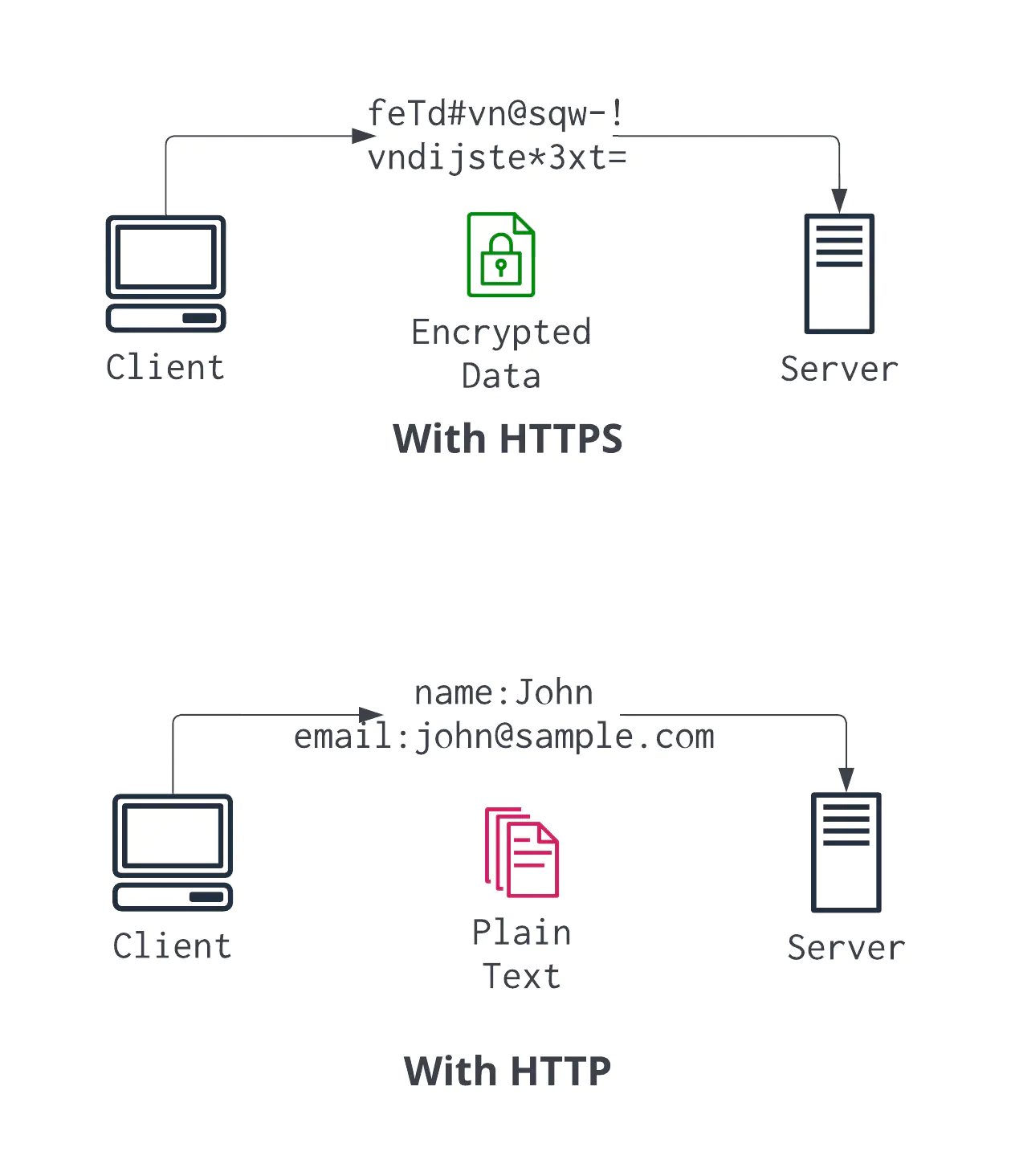Secure Your Marketing Landing Page With SSL
As a marketer, you know you should use SSL for your website or landing page domains. But what is SSL, and how does it actually protect your data? Read this post to find out.
What is SSL?
SSL stands for Secure Socket Layer and is a technology that secures the communication between the browser and server.
The protocol (or scheme) for a landing page or website is called HTTP (Hypertext Transfer Protocol) which is the primary way to transfer data across the Internet. It’s not secure though because it sends data in plain text. HTTPS uses SSL to encrypt the data in transit.
👉🏻 SSL was deprecated in 1999 and was replaced by TLS (Transport Layer Security) but the two terms are used interchangeably. Most people still refer to this technology as SSL or SSL/TLS.
Why you need SSL for your landing page
When someone submits a form on your landing page, the data they’ve entered in their browser travels through the internet network to reach your servers. If you don’t use SSL, that data is transferred without any encryption in plain text.

HTTPS vs HTTP for marketing landing pages
Without SSL the data is exposed and can be intercepted for malicious purposes. SSL not only protects user privacy but also prevents attackers from tampering with data in transit. It also authenticates the web server, which means it prevents attackers from setting up fake websites to steal user data.
Single-domain vs Wildcard SSL Certificates
A single-domain SSL certificate, as the name suggests, applies only to one subdomain. For example, my blog was previously hosted on the subdomain blog.raminzamani.com and I have applied a single-domain SSL certificate to secure it.
A wildcard SSL certificate, on the other hand, can be applied to a root domain and includes all the subdomains of that domain. For example, you can supply a wildcard SSL for the main domain example.com to cover www.example.com, blog.example.com, and anyothersubdomain.example.com.
Read my other post to learn more about different parts of a URL.
This post is part of my series on 52 ways to improve your marketing landing pages.
Found this post helpful?
Subscribe to my newsletter and get posts like this in your inbox.